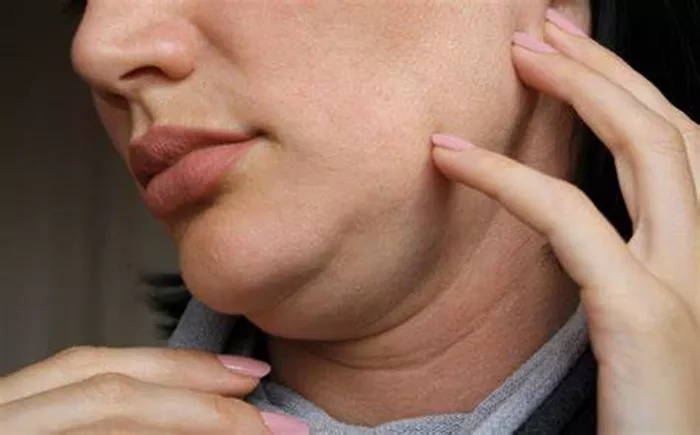A well-defined chin and jawline can enhance facial harmony and boost confidence. For those seeking to improve their chin profile, a chin tuck—often referred to as submental liposuction or chin contouring surgery—is a popular choice. However, one of the first questions prospective patients have is: how much does it cost? In this detailed guide, we’ll explore the factors that influence the cost of a chin tuck, what you can expect from the procedure, and how to make an informed decision.
What Is a Chin Tuck?
A chin tuck is a cosmetic procedure aimed at improving the appearance of the chin and neck area. It typically involves removing excess fat, tightening skin, and, in some cases, repositioning muscles to achieve a more contoured look.
There are different methods used for a chin tuck, including:
Submental Liposuction: Removes fat deposits beneath the chin.
Neck Lift (Platysmaplasty): Tightens sagging skin and muscles in the neck.
Combination Procedures: Some patients opt for a chin tuck combined with a facelift or chin implant to enhance results.
The specific technique chosen depends on your aesthetic goals, anatomy, and the surgeon’s recommendations.
Average Cost of a Chin Tuck
The cost of a chin tuck can vary widely based on location, the complexity of the procedure, and the expertise of the surgeon. On average, the cost ranges from $3,000 to $15,000. Here’s a breakdown of what contributes to the final price:
Factors Influencing the Cost of a Chin Tuck
1. Type of Procedure
The type of chin tuck performed has a significant impact on cost:
Submental Liposuction: Generally the least expensive, ranging from $3,000 to $6,000. It’s ideal for patients with good skin elasticity and minimal sagging.
Neck Lift: Costs between $5,000 and $12,000 due to the complexity of tightening skin and muscles.
Combination Procedures: Adding a chin implant or facelift can increase costs to $10,000–$15,000 or more.
2. Geographic Location
The cost of living and demand for cosmetic procedures in your area affect prices.
- Urban centers like New York or Los Angeles often charge more due to higher demand and experienced surgeons.
- Smaller towns or suburban areas may offer lower costs.
3. Surgeon’s Expertise
Experienced, board-certified plastic surgeons usually charge higher fees. Their skills and reputation reduce risks and increase the likelihood of optimal results, making the investment worthwhile.
4. Facility Fees
Surgeries performed in accredited surgical centers or hospitals incur additional fees. These include operating room use, anesthesia, and post-operative care. Facility fees typically range from $500 to $2,500.
5. Anesthesia Fees
If general anesthesia is required, the cost can add $1,000 to $2,000 to the overall price. Local anesthesia is more affordable but depends on the procedure’s complexity.
6. Pre- and Post-Operative Care
Consultations: Initial consultation fees range from $100 to $300, though some surgeons waive this if you proceed with the surgery.
Aftercare: Costs for follow-up appointments, compression garments, and medications should also be considered. These may add $200 to $500.
Is It Covered by Insurance?
Cosmetic chin tuck procedures are not covered by health insurance since they are elective. However, if the surgery addresses medical issues, such as improving breathing or correcting severe asymmetry, partial insurance coverage may be possible. Discuss your options with your insurance provider and surgeon.
Financing Options for a Chin Tuck
Given the expense, many clinics offer financing plans to make payments manageable. Popular options include:
In-house Payment Plans: Many practices allow you to pay in installments over several months.
Medical Credit Cards: Services like CareCredit offer low- or no-interest loans for medical procedures.
Personal Loans: Banks and credit unions provide loans that can be used for surgery.
Always consider the interest rates and repayment terms before committing to a plan.
What to Expect During the Procedure
Understanding the surgical process can help you better prepare and justify the cost:
Consultation: During your initial meeting, the surgeon will evaluate your goals, examine your facial structure, and recommend the best procedure.
Preparation: Pre-operative tests and guidelines, like stopping certain medications, are provided.
Surgery: Depending on the type of chin tuck, the procedure lasts 1–3 hours.
Recovery: Expect some swelling and bruising for 1–2 weeks. Results become visible as healing progresses over several months.
How to Choose the Right Surgeon
The cost of a chin tuck should not be your only deciding factor. The skill and experience of your surgeon are critical to achieving safe and satisfying results. Here are tips to select the right professional:
Check Credentials: Ensure the surgeon is board-certified in plastic surgery.
View Before-and-After Photos: Assess the surgeon’s previous work to determine their aesthetic style.
Read Reviews: Patient testimonials can provide insights into the surgeon’s expertise and bedside manner.
Ask Questions: During your consultation, inquire about the procedure, recovery time, and potential risks.
Additional Considerations
Non-Surgical Alternatives
If the cost of surgery is a concern, consider non-invasive treatments. Options like Kybella injections or ultrasound-based skin tightening are more affordable, ranging from $1,000 to $3,000 per session. However, these may require multiple treatments and produce less dramatic results than surgery.
Long-Term Maintenance Costs
A chin tuck is a long-lasting solution, but natural aging will continue. Future touch-ups or complementary procedures, like skin tightening or fillers, may be necessary to maintain results.
Conclusion
The cost of a chin tuck depends on various factors, including the type of procedure, surgeon’s expertise, and location. While it can be a significant investment, the confidence and improved self-image it provides often outweigh the expense. Take time to research your options, consult with reputable surgeons, and plan your finances carefully. By doing so, you can achieve the look you desire without unnecessary stress or financial strain.
Related topic:
How to Use Kendal Microdermabrasion Machine?
7 Countries in Asia with the Most Plastic Surgery
Why Is Turkey Plastic Surgery Cheaper?

